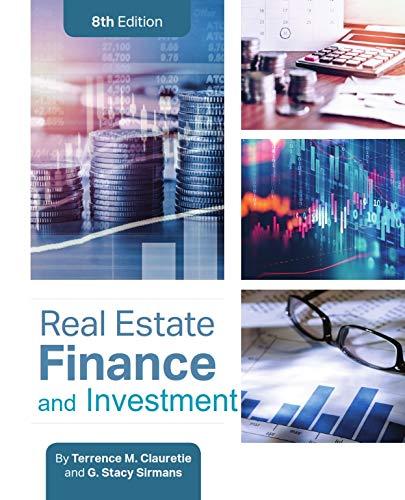


Answer questions 1 through 10 based on the following data: 3-month US (domestic) interest rate = 1.50% 3-month Japanese interest rate = 1.00% . Current spot exchange rate = $0.090 per yen Current forward exchange rate = $0.095 per yen . or so. 1. The 3-month yen-denominated gross return on Japanese yen deposits is A) 1.01 B) 0.01 C) 1.0661 D) 0.0661 or so. 2. The 3-month yen-denominated return of return on Japanese yen deposits is A) 101% B) 1% C) 106.61% D) 6.61% 3. On a covered basis, the 3-month dollar-denominated gross return on Japanese yen deposits is or so based on the exact formula. A) 0.9568 B) 1.000 C) 1.0572 D) 1.0661 4. On a covered basis, the 3-month dollar-denominated rate of return on Japanese yen deposits is or so based on the exact formula. A) -4.32% B) -1.00% C) 6.61% D) 8.52% 5. On a covered basis, the 3-month dollar-denominated rate of return on Japanese yen deposits is or so based on the approximation formula. A) -5.12% B) 6.56% C) 6.92% D) 7.15% of against the dollar. 6. The Japanese yen trades at a forward A) premium; 1.00% B) premium: 5.56% C) discount; 2.52% D) discount; 6.82% of against the yen. 7. The US dollar trades at a forward A) premium; 2.50% B) premium; 5.56% C) discount; 5.26% D) discount; 3.95% within three months. 8. As the data indicates, the forward market predicts that A) the yen will appreciate about 2.5% against the US dollar B) the yen will appreciate about 3.75% against the US dollar C) the yen will depreciate about 5.56% against the US dollar D) none of the above 9. If you engage in a covered interest arbitrage by investing the principal of $1,000,000 in Japanese- yen deposits, then the initial dollar fund will grow to or so within three months. A) $1,055,258 B) $1,066,111 C) $1, 070,151 D) No, the end-of-period fund must be less than the initial fund 10. All else equal, a risk-averse investor should invest in on a covered basis. A) dollar-denominated assets B) yen-denominated assets C) dollar- and yen-denominated assets equally D) data is insufficient to determine the investment direction. Answer questions 1 through 10 based on the following data: 3-month US (domestic) interest rate = 1.50% 3-month Japanese interest rate = 1.00% . Current spot exchange rate = $0.090 per yen Current forward exchange rate = $0.095 per yen . or so. 1. The 3-month yen-denominated gross return on Japanese yen deposits is A) 1.01 B) 0.01 C) 1.0661 D) 0.0661 or so. 2. The 3-month yen-denominated return of return on Japanese yen deposits is A) 101% B) 1% C) 106.61% D) 6.61% 3. On a covered basis, the 3-month dollar-denominated gross return on Japanese yen deposits is or so based on the exact formula. A) 0.9568 B) 1.000 C) 1.0572 D) 1.0661 4. On a covered basis, the 3-month dollar-denominated rate of return on Japanese yen deposits is or so based on the exact formula. A) -4.32% B) -1.00% C) 6.61% D) 8.52% 5. On a covered basis, the 3-month dollar-denominated rate of return on Japanese yen deposits is or so based on the approximation formula. A) -5.12% B) 6.56% C) 6.92% D) 7.15% of against the dollar. 6. The Japanese yen trades at a forward A) premium; 1.00% B) premium: 5.56% C) discount; 2.52% D) discount; 6.82% of against the yen. 7. The US dollar trades at a forward A) premium; 2.50% B) premium; 5.56% C) discount; 5.26% D) discount; 3.95% within three months. 8. As the data indicates, the forward market predicts that A) the yen will appreciate about 2.5% against the US dollar B) the yen will appreciate about 3.75% against the US dollar C) the yen will depreciate about 5.56% against the US dollar D) none of the above 9. If you engage in a covered interest arbitrage by investing the principal of $1,000,000 in Japanese- yen deposits, then the initial dollar fund will grow to or so within three months. A) $1,055,258 B) $1,066,111 C) $1, 070,151 D) No, the end-of-period fund must be less than the initial fund 10. All else equal, a risk-averse investor should invest in on a covered basis. A) dollar-denominated assets B) yen-denominated assets C) dollar- and yen-denominated assets equally D) data is insufficient to determine the investment direction









